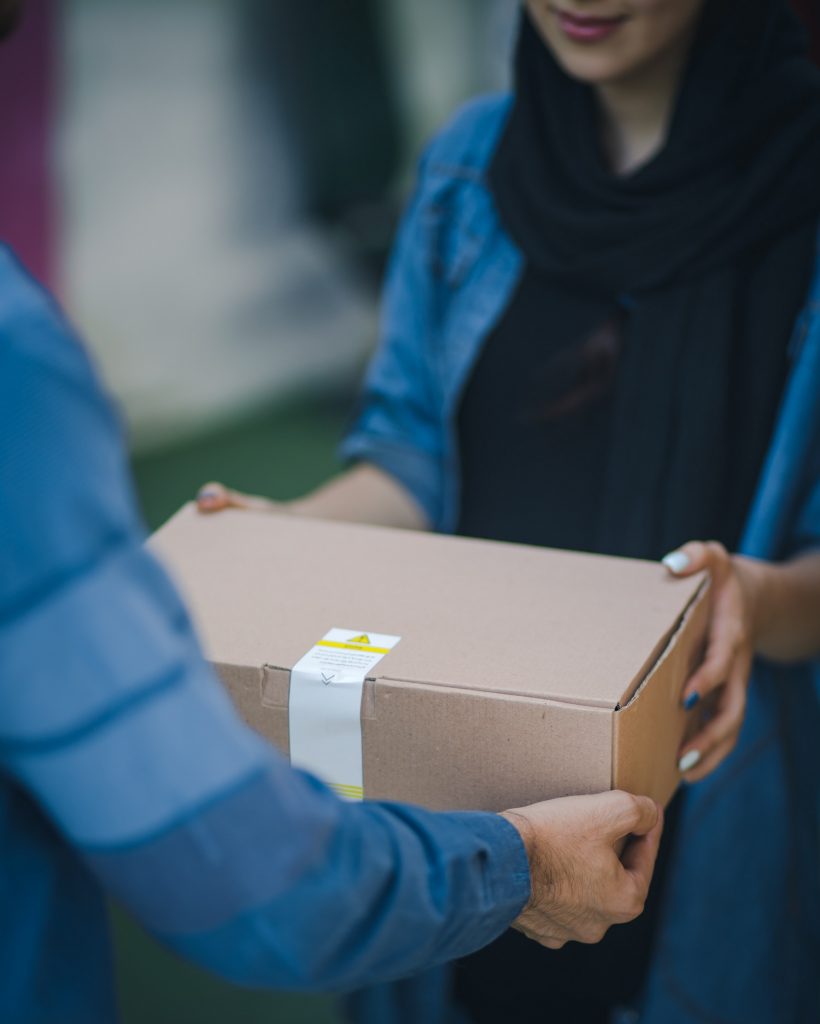
Here’s an unpleasant little secret about the protective packaging business. If the packaging does not perform well and an item packed inside reaches its destination damaged, the packaging company is mostly never going to be on the receiving end of an angry phone call.
Customers are unlikely to go digging for several numbers of the companies that made the boxes. They’re going to complain to the retailers that delivered the boxes or the carriers that supplied them.
Every delivery is a palpable touchpoint a buyer has with your brand. But that experience does not end on the doorstep, it’s just the starting. So how do you ensure the experience your customers have when they get, open, reuse, recycle, or return the packages you provide is a positive one?
In this article, Mr. Gaurav Jalan Founder, and Director of India’s top packaging company Packman Packaging Private Limited talks about big, costly packaging mistakes brands must avoid.
Neglecting Return Logistics
Sometimes a product needs to be returned. But just as buyer expectations for fast, free delivery have risen greatly over the last few years, so have consumer expectations for how simple it should be to return that item.
In fact, 94% of customers say they greatly prefer to return items using the original packaging. Best-case example: a prepaid return shipping item is in their package. They can put it on, and drop their package at the nearest location for pickup. It is working pretty well. Customers are pretty happy with that. But there’s a huge difference between pretty happy and delighted.
The customer experience is not over when the box is delivered, not even if a retailer went to the trouble of placing a return label inside. Every return is a point of engagement with your customer. It must reflect the same focus and attention to detail as every other part of that experience. Never make return logistics an afterthought.
Overpacking
When you think of overpacking, you are probably thinking about an exposure of foam packing peanuts that’s the nightmare. But often, overpacking looks like piles of boxes, a nest of unwanted air pillows or a small item floating inside an oversized container.
Many consumers think the packaging shows the environmental values of the brand they purchased from.
Consumers identify waste when they see it. That waste shows negatively on their perception of a retailer, and not only when it comes to sustainability. When an order arrives in several, unnecessarily large boxes, buyers see inefficiency.
Think about this: Customers say their top 3 irritants when it comes to packaging are bothersome disposal, mess, and recycling issues. Delivering products with too much packaging may have protected the items they ordered, but it also tells them the retailer is not bothered too much about the consumer, who is left to do the unpleasant work of getting rid of all that wasteful material.
Wasteful packaging methods already cost retailers extra money in materials and freight costs, and can also cause a loss of long-term, loyal customers.
Under Protecting
Putting a piece of clothing in the mail and deciding you do not like the fit or the cut? A small inconvenience, given the retailer, has effortless return logistics. Purchasing an expensive high-definition, flat-screen TV online and having it delivered cracked down the middle? That’s sheer damage.
Due to the invention of Bubble Wrap more than 6 decades ago, it unlocked the small-parcel economy, and it has grown in several ways one could have never imagined. This means that plenty of fragile, heavy, and unorthodox shaped items are now being put through a delivery chain that was not designed to handle them, and in packaging solutions that were not designed to fit them.
The end result: Damage.
Lowering that rate of damage is not only a customer experience imperative. It is also a sustainability imperative. There is no amount of recyclable, biodegradable, reusable packaging that can remove out the carbon footprint of a damaged item. Damaged items have to go back on a truck or back on a plane and go back to their point of origin, where they are repaired, and sometimes simply relegated to the landfill.
Then happens the reshipping, with that item making an extra journey through the supply chain, in another box filled having packing materials. If you want to be a more sustainable brand, lowering damage is the most effective thing you can do for your brand.
It is never too late for you to avert these common packaging mistakes and rethinking the experience your customers have with your brand’s packaging before they reconsider the experience they have with you.

